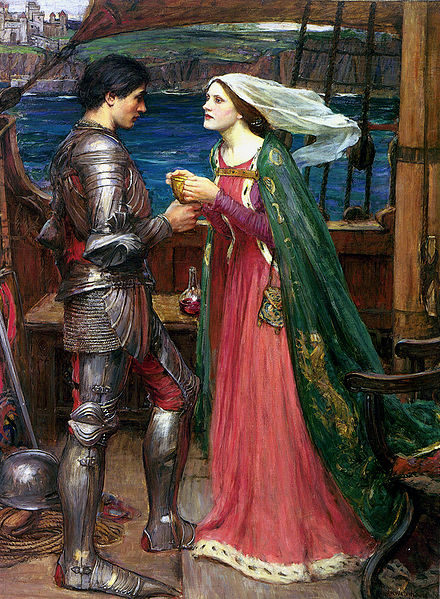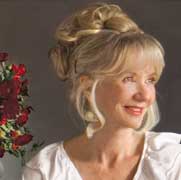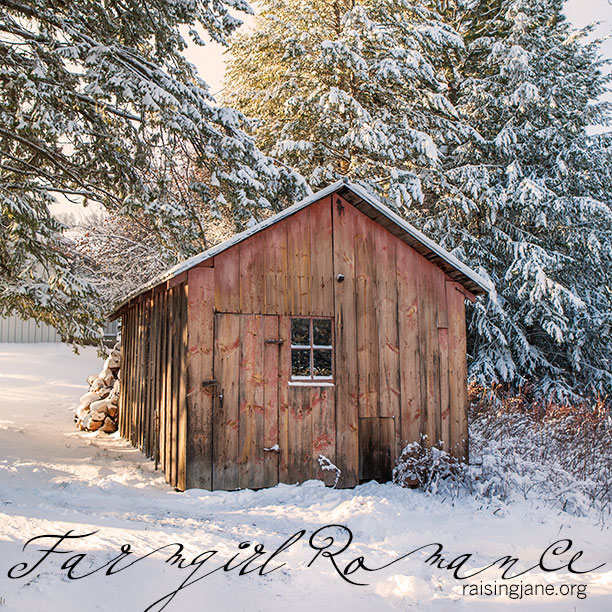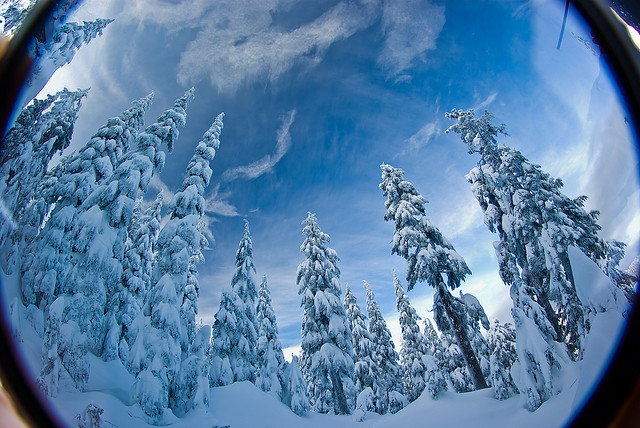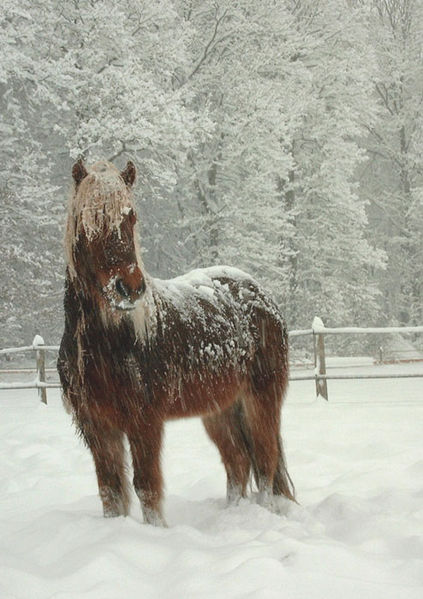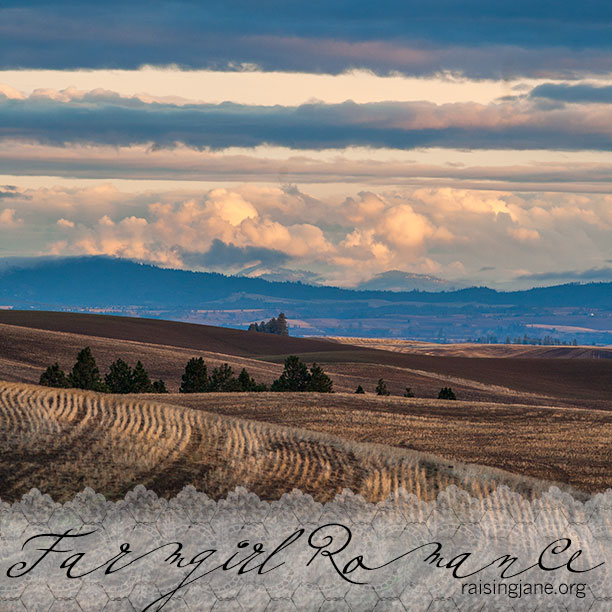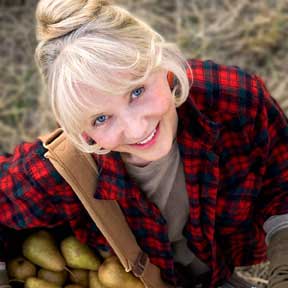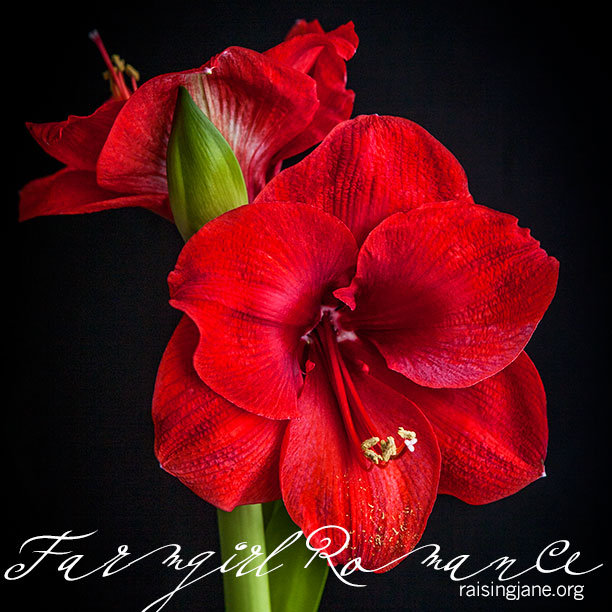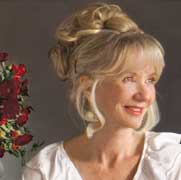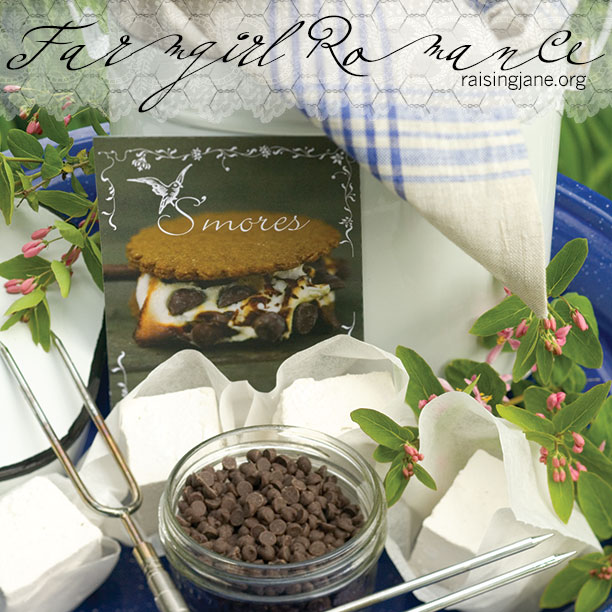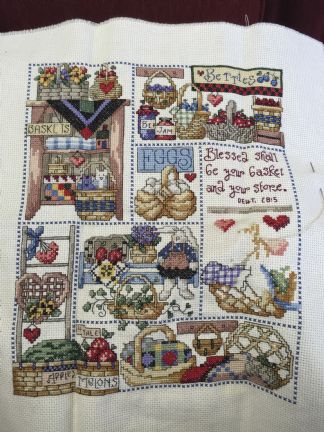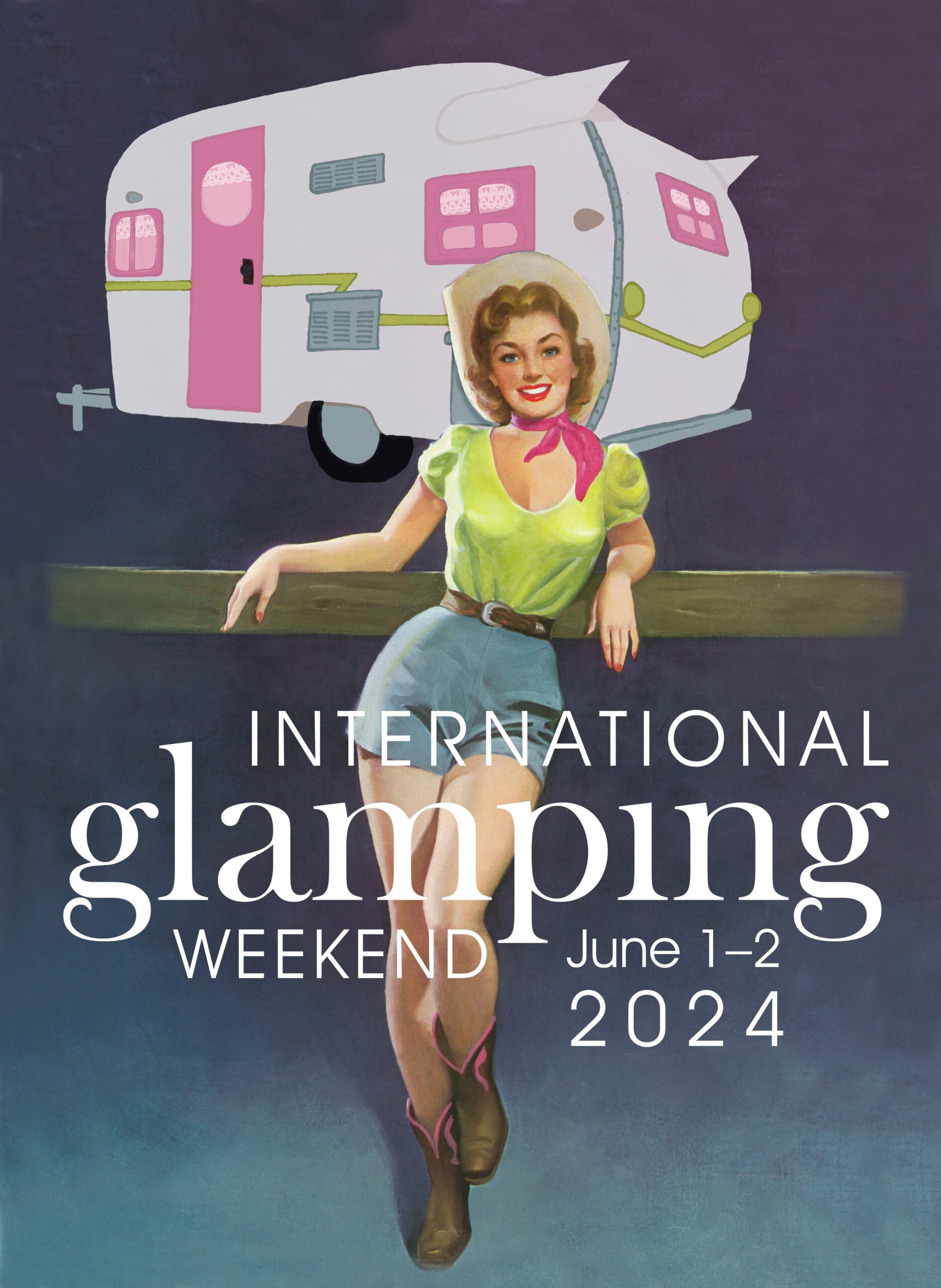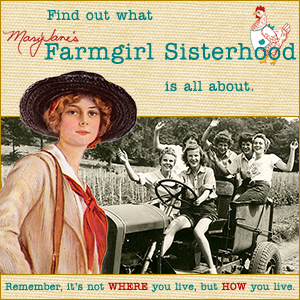Horse House for sale by owner horse:
It’s true, Willie Neighson, the horse, is the unusual realtor on this farm for sale.
Willie says,
“I’m not a hero …
I just want to help my current owners move closer to their kids.
I’m just like you.
I put my shoes on one hoof at a time.”
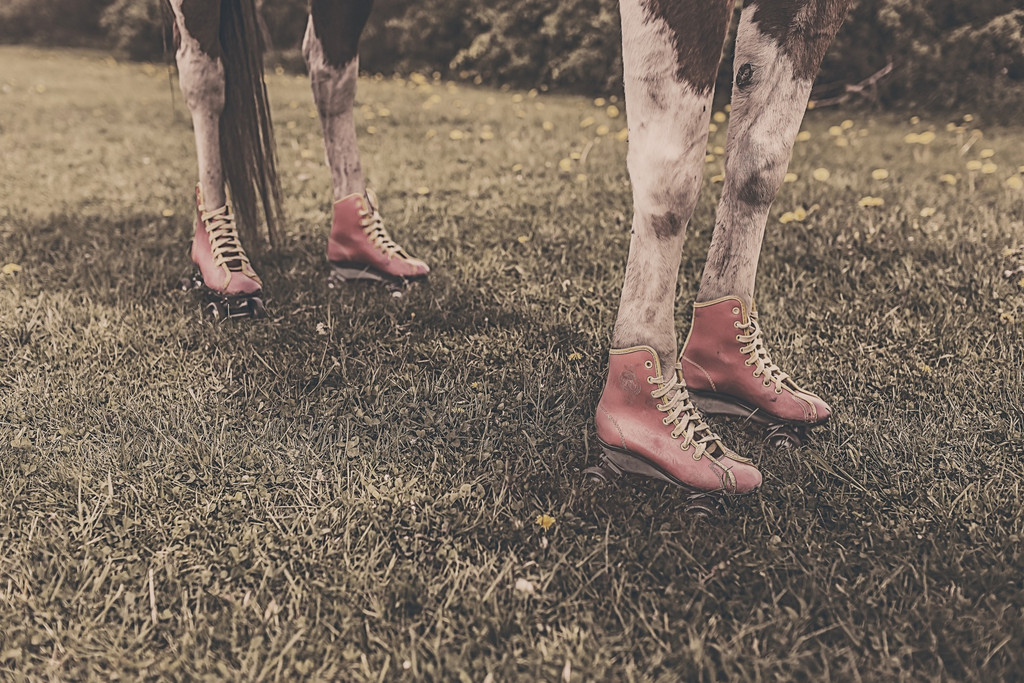
photo, http://rarehatch.com/blogs/stories/80146755-why-you-can-now-email-a-horse
That’s right … Willie would love to sell his 20-acre Tennessee “instant farm” to you. “Hay… Hey, I want to make this easy for you. I heard you want to own a farm. Well, why not this one? It includes a pond, gardens, a barn, and best of all … me, a horse.”
Willie and his owners have made a cute informational website where you can tour the farm, order a “from the farm” package of homemade goodies, e-mail Willie (he even has his own personal e-mail address), attend a farm workshop, camp out overnight, and even buy the farm online with just one click!
Check it out at http://rarehatch.com.
















































